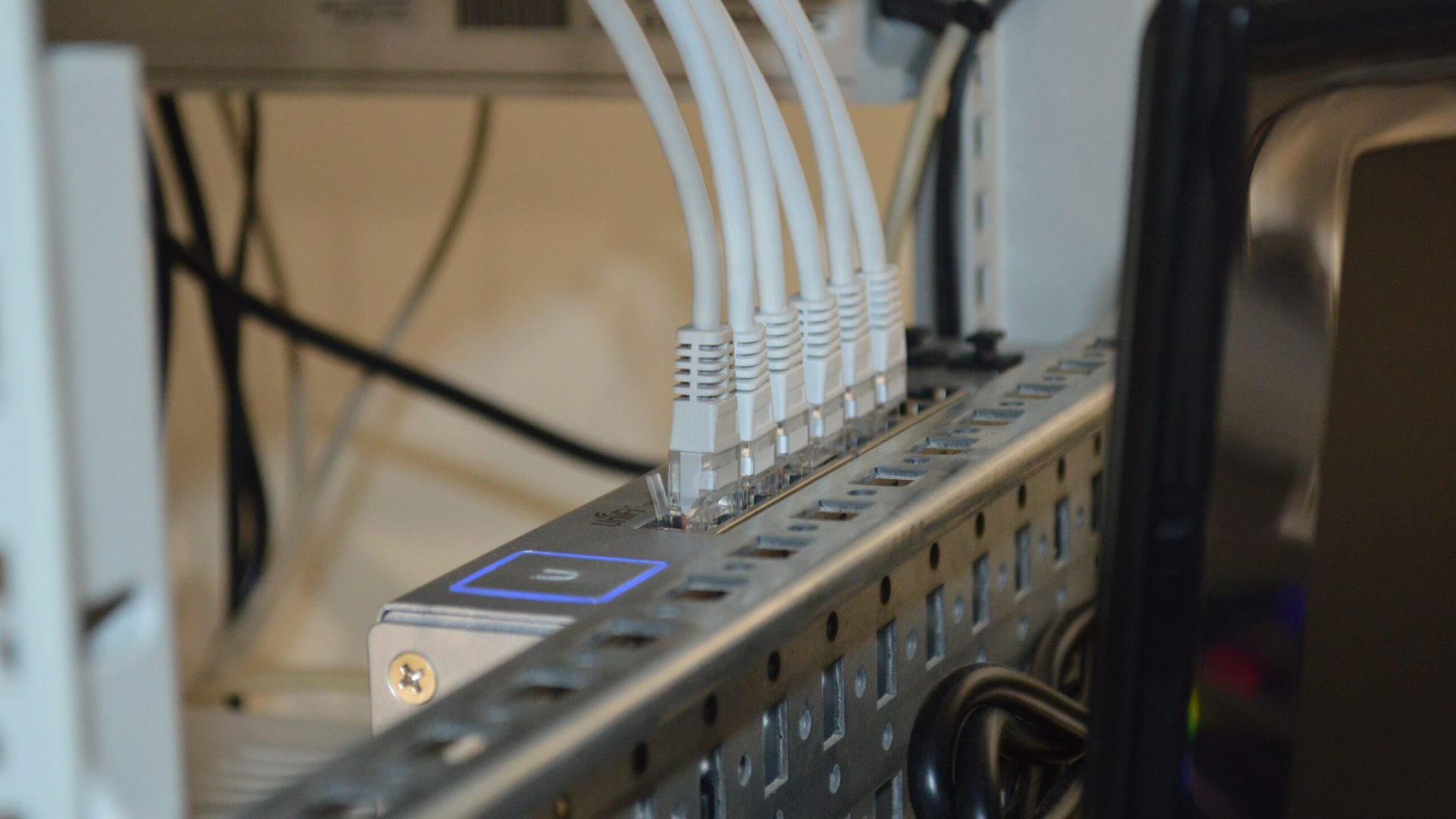Most companies rely on technology to increase their productivity and maximise efficiency. For this reason, they create extensive networks that allow them to quickly and easily access and share data, collaborate with colleagues, automate processes, and streamline operations. Without these networks, a company could not effectively manage its operations and communicate with employees, customers, and vendors.
Of course, an extensive network yields the problem of cabling. This is where structured cabling comes in, which is the foundation of any network and involves the physical wiring of all the components and devices necessary for a functioning system. Of course, like any other piece of technology, network cabling requires periodic upgrades to ensure it continues operating as expected. Despite this, the signs a network cabling upgrade is necessary are hard to spot, so we will discuss the details in this article. These are:
#1 – Poor Network Performance
Poor network performance is one of the most obvious signs that a network cabling upgrade is necessary. If your system is running slow or experiencing frequent lags and disruptions, it may be a sign that the cabling is outdated or damaged. In such cases, upgrading the cabling immediately ensures your network operates optimally.
You can run a few tests to determine if the cabling is the source of the problem. These include checking the speed of the current connection and running a diagnostic program to check for errors. If the connection is slow or the diagnostic program finds errors, then it is likely that the cabling is the source of the problem and needs to be upgraded.
#2 – Frequent Downtimes
Lousy network performance is one thing, but frequent downtimes are another sign that your network cabling needs an upgrade. If your network is experiencing frequent outages or disruptions, it could be due to outdated or damaged cabling. This can be especially problematic for businesses that rely on their networks for day-to-day operations, as outages can lead to costly delays and disruptions.
You can run some tests to determine if the cabling is causing frequent outages. First, you should check the speed of the current connection and run a diagnostic program to check for any errors. If the connection is slow or the diagnostic program finds errors, then it is likely that the cabling is the source of the problem and needs to be upgraded.
#3 – Bad Physical Condition
Cables are physical objects; like any other physical object, they can degrade over time and eventually become unusable. If your network cabling is in bad physical condition, it can lead to decreased performance, frequent outages, and other issues. Signs of physical damage can include frayed wires, damaged connectors, or exposed cables.
If you notice these signs, you must immediately replace your network cabling. Aside from leading to decreased performance and outages, it can also be a safety hazard. Exposed wires can easily cause electric shocks and fires, and damaged connectors can lead to data corruption or loss of connection.
#4 – High Maintenance Costs
Network cables require maintenance to keep them in good condition and functioning correctly. Maintenance costs can be high depending on the type of cabling and its environment. For example, cables in industrial settings are more prone to wear and tear and may need to be inspected and replaced more often than in a home office.
Regardless, high maintenance costs can signify the need for upgrades because it indicates that the cables are being used beyond their designed life span or are not being adequately cared for. When this happens, the cables may become unreliable or cease functioning altogether.
#5 – Inspection Failure
Certified engineers or fibre optic professionals inspect fibre optic cables to ensure they function correctly. During the inspection process, they look for signs of wear and tear, contamination, or other damage that could be causing the cables to malfunction. If any issues are found, they must be fixed or replaced as soon as possible.
However, if the inspection fails, the consequences can be severe. Without a proper assessment, the cables could be at risk of malfunctioning or failing, resulting in costly repairs or replacements. The cables may also be vulnerable to security threats, as malicious actors could use the malfunctioning cables to access sensitive data or systems.
Conclusion
Network cables are a crucial aspect of any IT infrastructure, so a company must always ensure theirs are in optimal condition. While it may fetch a hefty cost, the investment will be worth it because it will ensure that the business is secure and that its data and systems are running smoothly. This way, a company’s operations will not be disrupted and can focus on its business objectives.
TP Communications provides top-quality services for network cabling in Calgary. We offer comprehensive telecommunication solutions supported by well-known platforms to maximise your company’s efficiency. Contact us today to get a quote!




